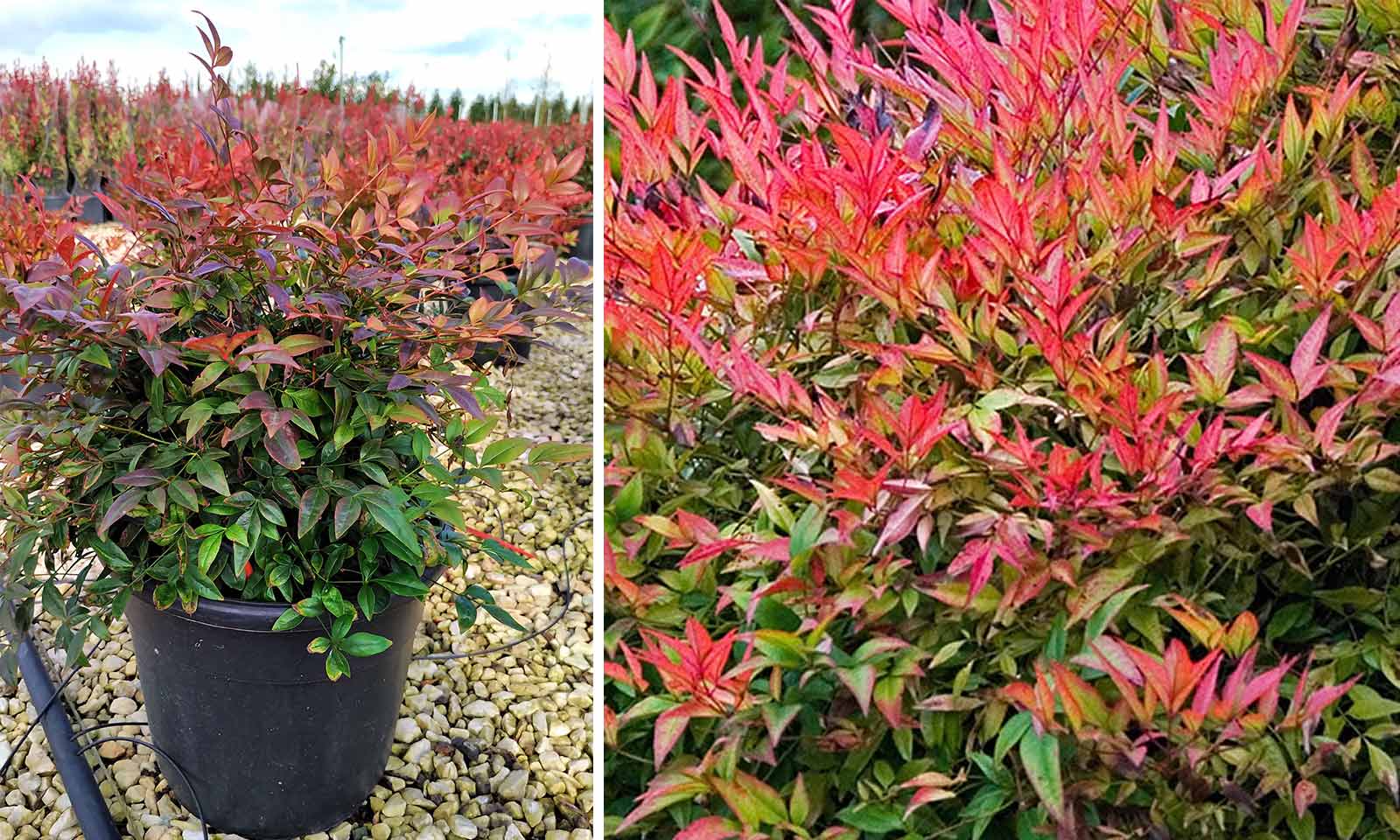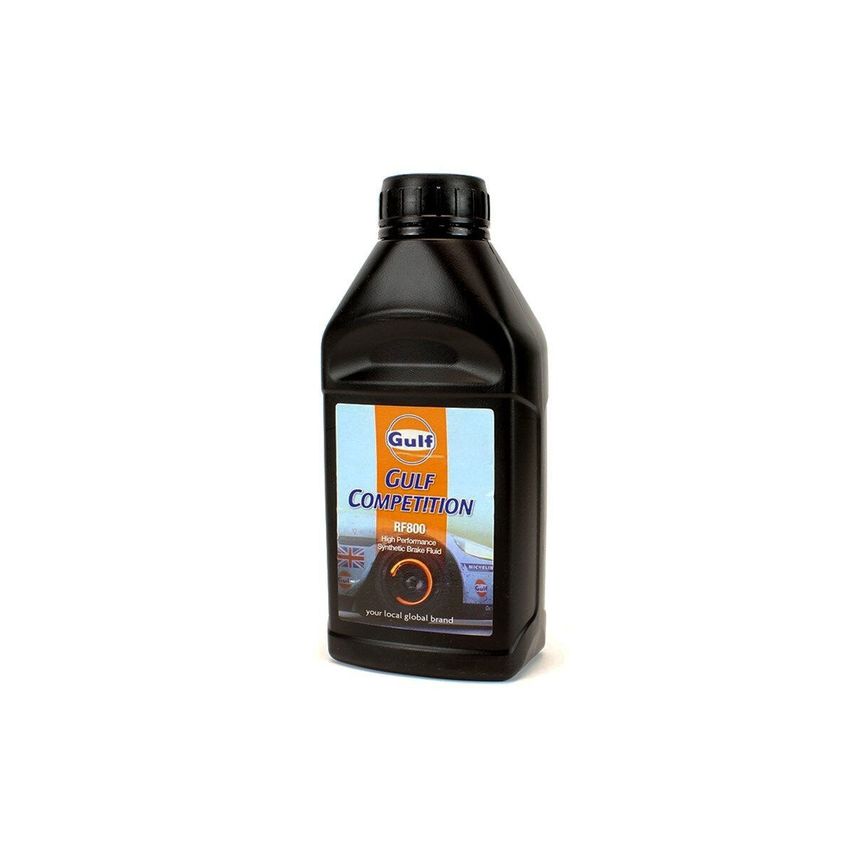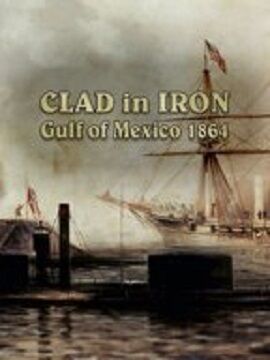
Brand
- Routledge 65
- CRC Press 8
- Gulf 8
- NIS America, Inc. 7
- AQUAZZURA 3
- Haynes Manuals UK 3
- Garden Plants Online 2
- Bullfrog Productions, Electronic Arts 1
- Codemasters, Electronic Arts 1
- Electronic Arts 1
- Fairmont Press 1
- Golden Valley Plants 1
- Kalypso Media 1
- Microids 1
- Nike 1
- Pleatco 1
- Routledge India 1
- Sid & Sam 1
- Slitherine Ltd. 1
- Steam 1
- Strategy First 1
- THE GARMENT 1
- Ubisoft 1
- YouGarden 1
Colour
Size
Gender
Merchant
- Routledge 75
- K4G.COM 15
- Zoro UK Limited 8
- LuisaViaRoma.com 4
- Haynes.com UK 3
- Garden Plants Online 2
- Erysta 1
- FinerFilters Ltd. 1
- Golden Valley Plants 1
- Home Done 1
- Kick Game 1
- YouGarden 1
























